A massive meteor shower will be visible this weekend and NASA officials have some surprising news for those hoping to see the dazzling sight.
The Perseid meteor shower, which will peak in the evenings of Sunday through Monday, will produce more than 50 to 75 shooting stars per hour. Those hoping to view the event with perfect clarity will need to leave light-polluted cities.
Light Pollution
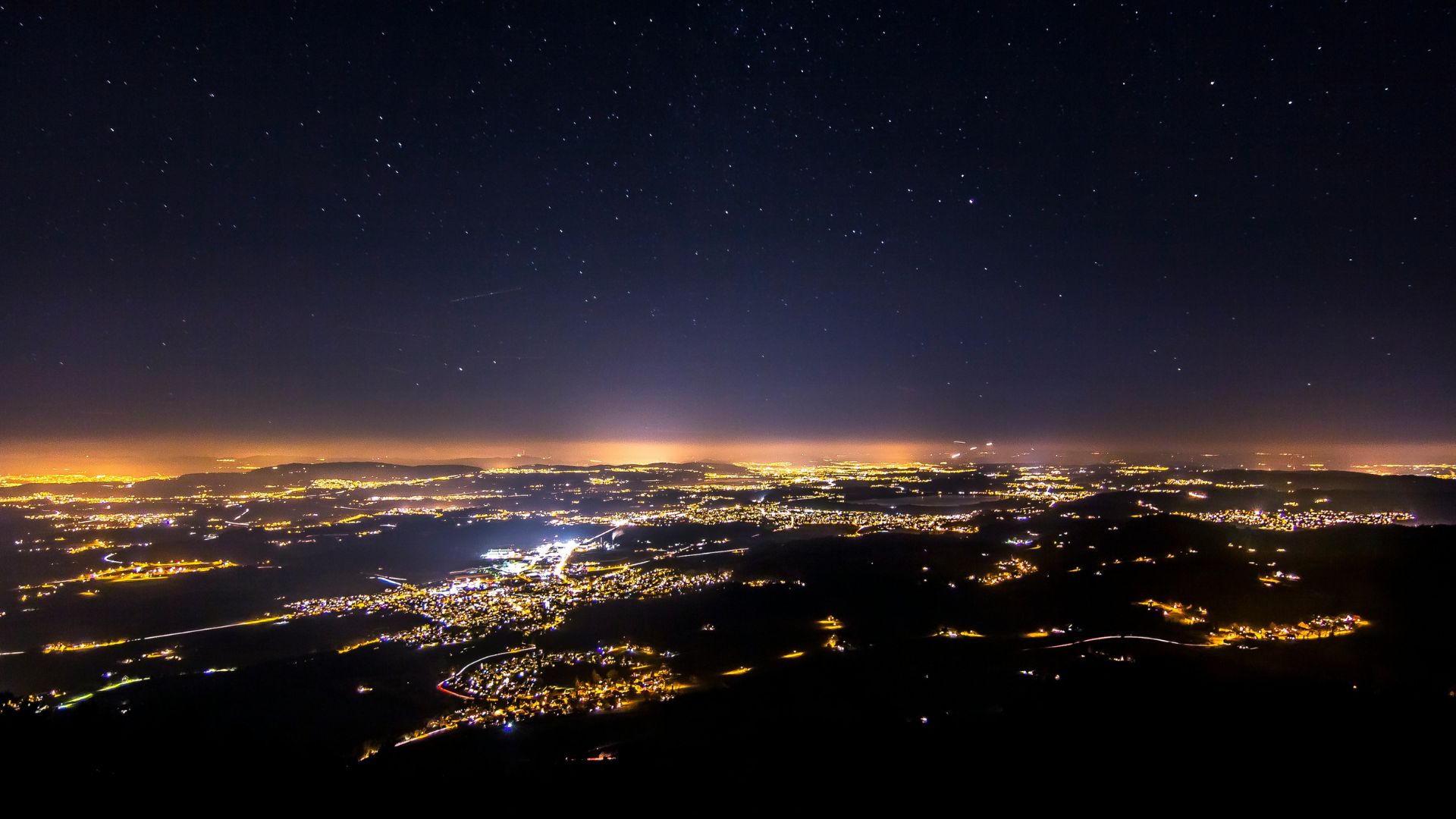
The US space agency has warned that anyone living in densely populated urban areas will likely not see the meteors very clearly due to large amounts of light pollution.
Skygazers interested in seeing the comic show could skip town between the hours of 12 am and 5:30 am to see it best. The shooting stars will be visible in the northeastern sky.
Peak Period for the Meteor Show

The peak of the meteor show will be visible when there is virtually no moon in the sky to distort the light.
The dark night sky is the perfect backdrop for dozens of loose space rocks shooting through the sky.
How To See the Meteor Show
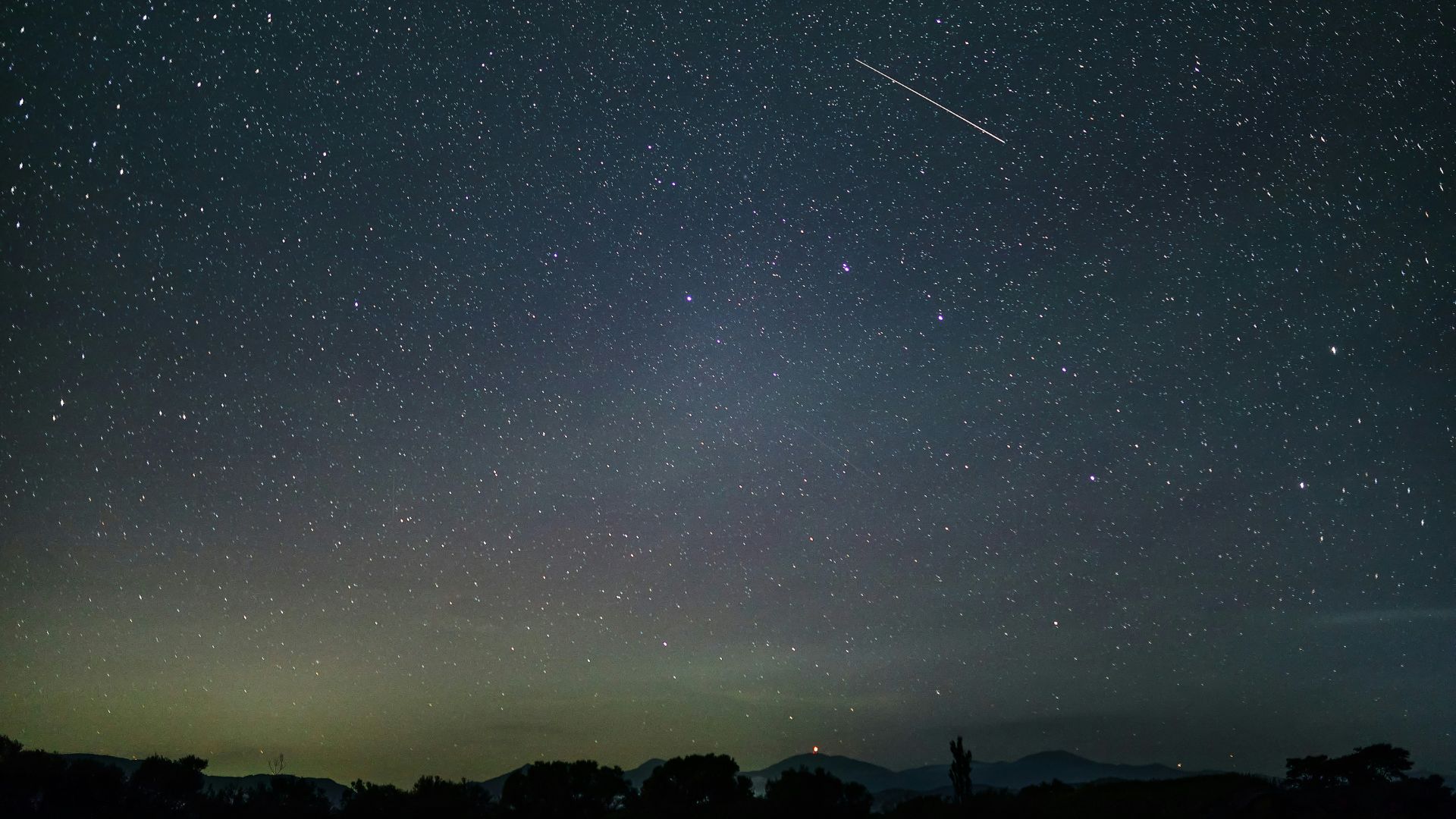
NASA wrote in a press release that residents hoping to view the shower should “Try to get to the darkest location you can. The darker it is where you are, the more meteors you will see streaking across the sky.”
The Perseid meteor shower begins on July 14 and is set to run until September 1, with the best viewing period this weekend.
Meteors Cut Through Earth’s Atmosphere
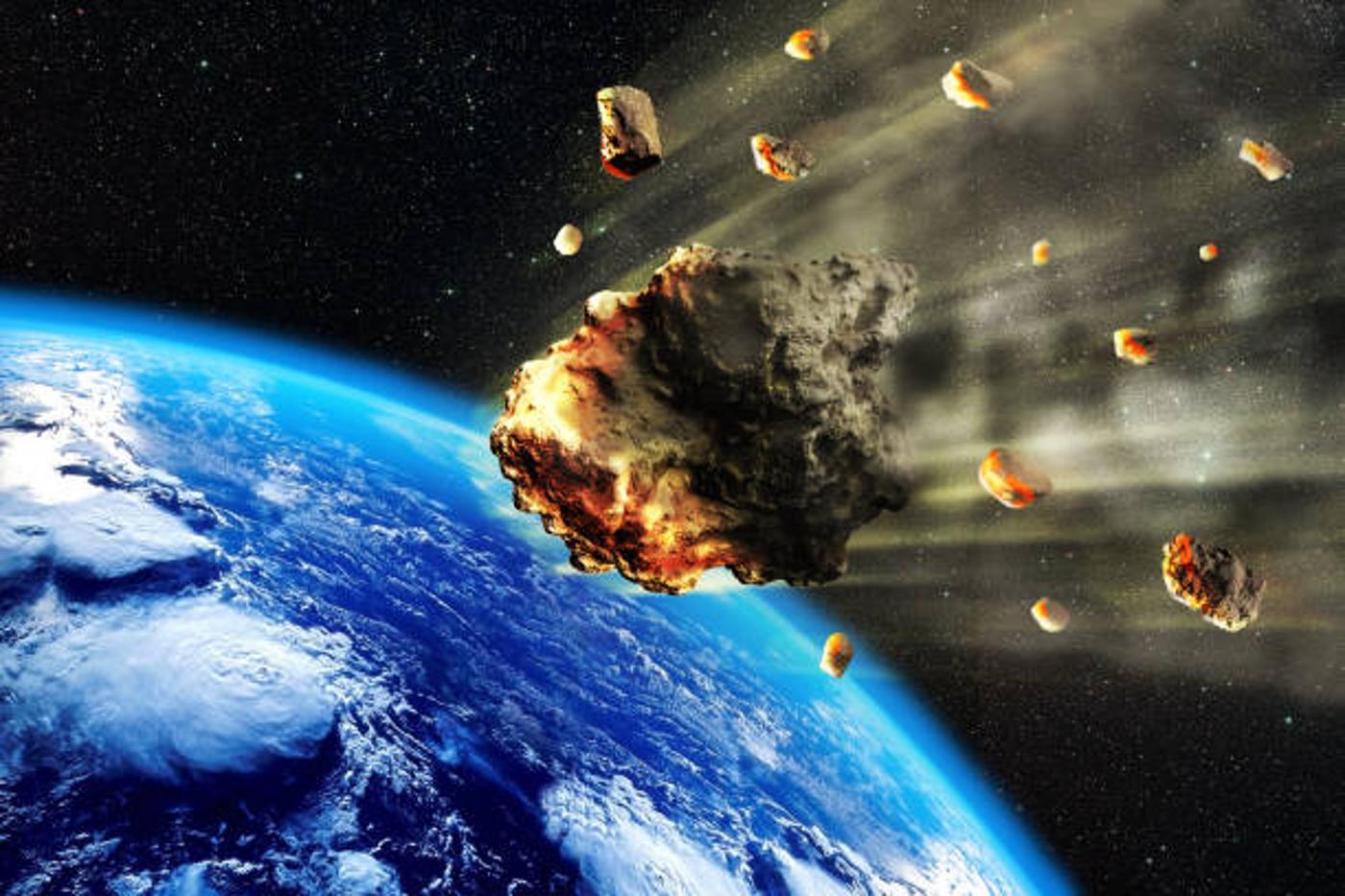
The event occurs yearly when Earth cuts through a large debris field left by the Swift-Tuttle comet during its trip through the inner solar system.
As the comet shoots through sky sky at a speed of 26.5 miles per second, the comet leaves a large trail of dust and debris. Earth’s orbit then crosses paths and allows some of the space debris to show up in our atmosphere, creating the spectacular meteor show.
Fireball Champion
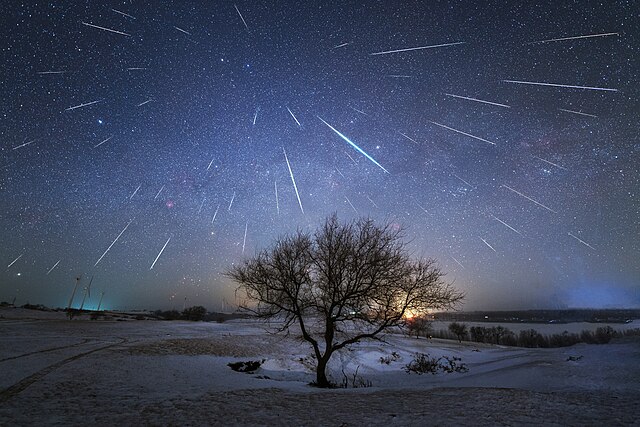
Due to the amazing light show, NASA nicknamed the event the ‘fireball champion’ of annual meteor showers.
Thankfully, NASA has shared expert advice for anyone hoping to spot Perseids on Earth this weekend. First, you will want to ensure you’re in a very dark place, typically outside of the city with very little light pollution and an unobstructed view of the sky.
The Perseus Constellation
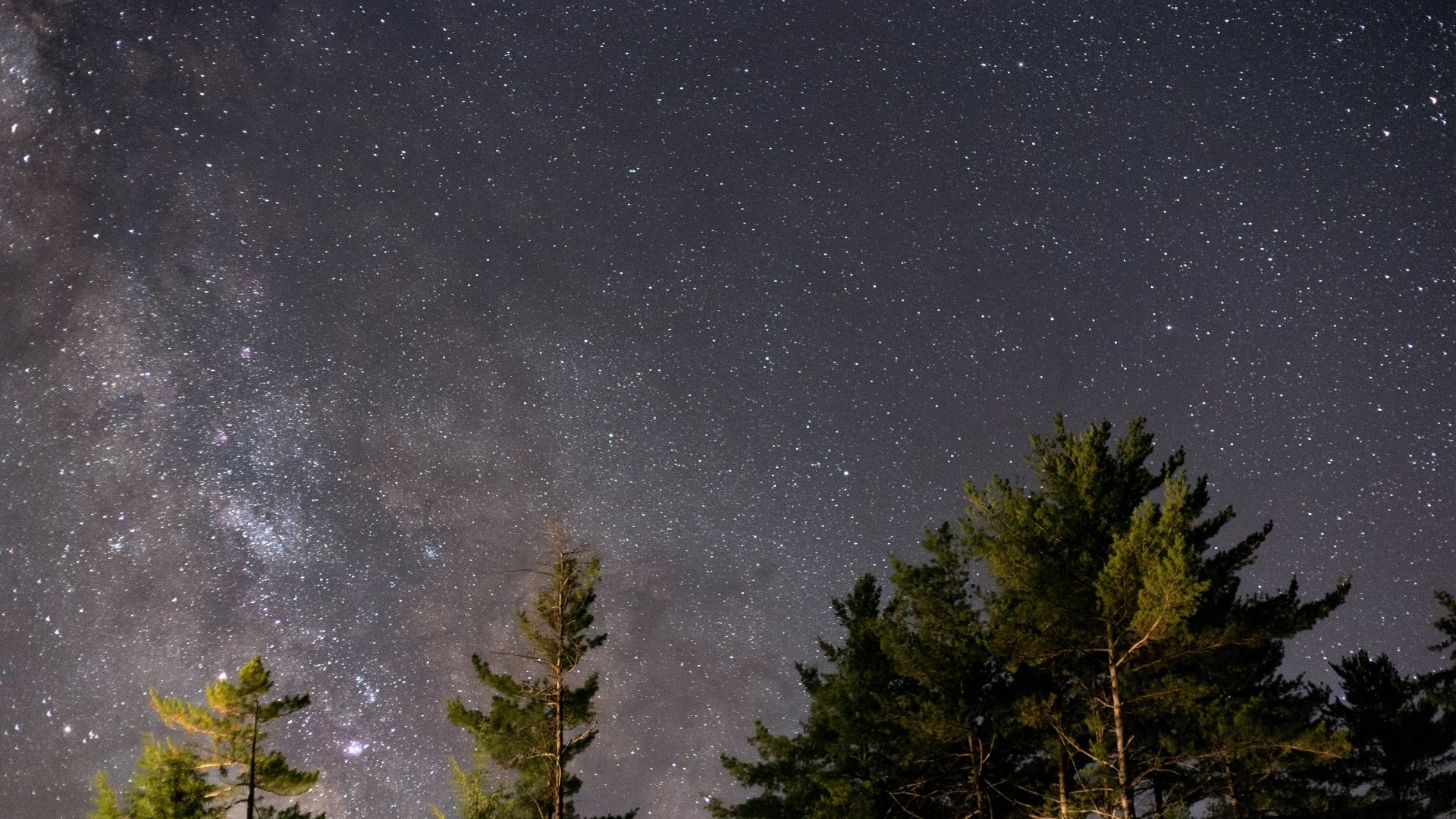
To locate the direction of the meteor shower, you will first need to look for the Perseus constellation, which is the 24th largest constellation in the night sky.
The Perseus constellation is located in the Northern region of the night sky. To find it, look for an International Dark Sky park near you.
Check the Weather

Before getting the car packed up and driving to a remote location, be sure to check the weather report first to make sure that rain or clouds won’t obstruct the view. Also, be sure to pack warm clothes and some coffee; you might be outside waiting for the show to begin sometime.
Once you get to the dark sky location, you’ll need to know exactly where to look for the darkest spot in the sky. The meteors will be the brightest when the night sky is the darkest. Usually, this occurs in the pre-dawn hours after the moon sets and before the sun rises.
No Special Equipment Needed
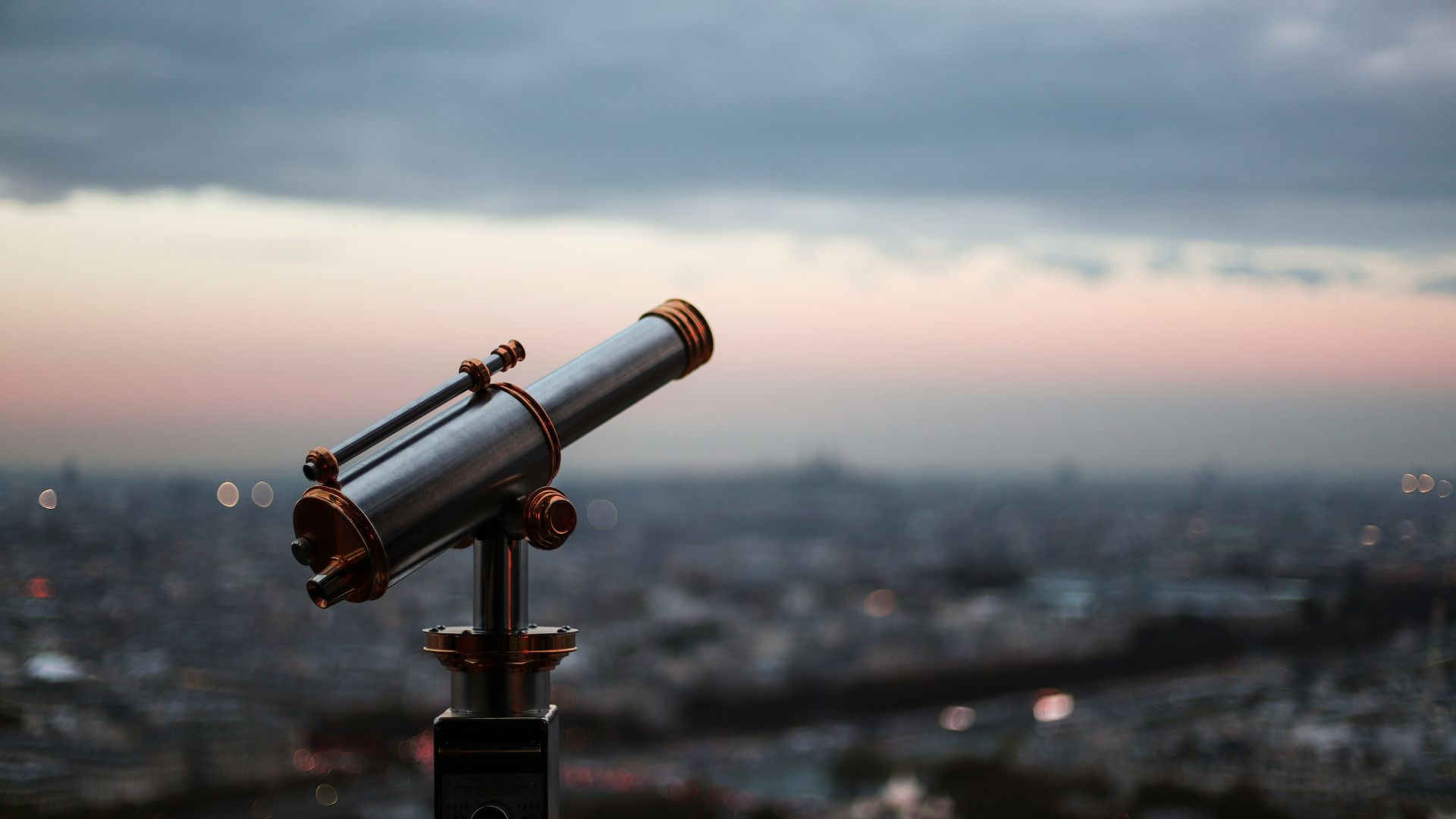
Unlike other space events, no binoculars or telescopes are needed to look for the Perseids.
Magnifying instruments might actually make it harder to spot the shooting stars as they fix your gaze on one small spot in the sky.
What To Do If You Miss the Show This Weekend
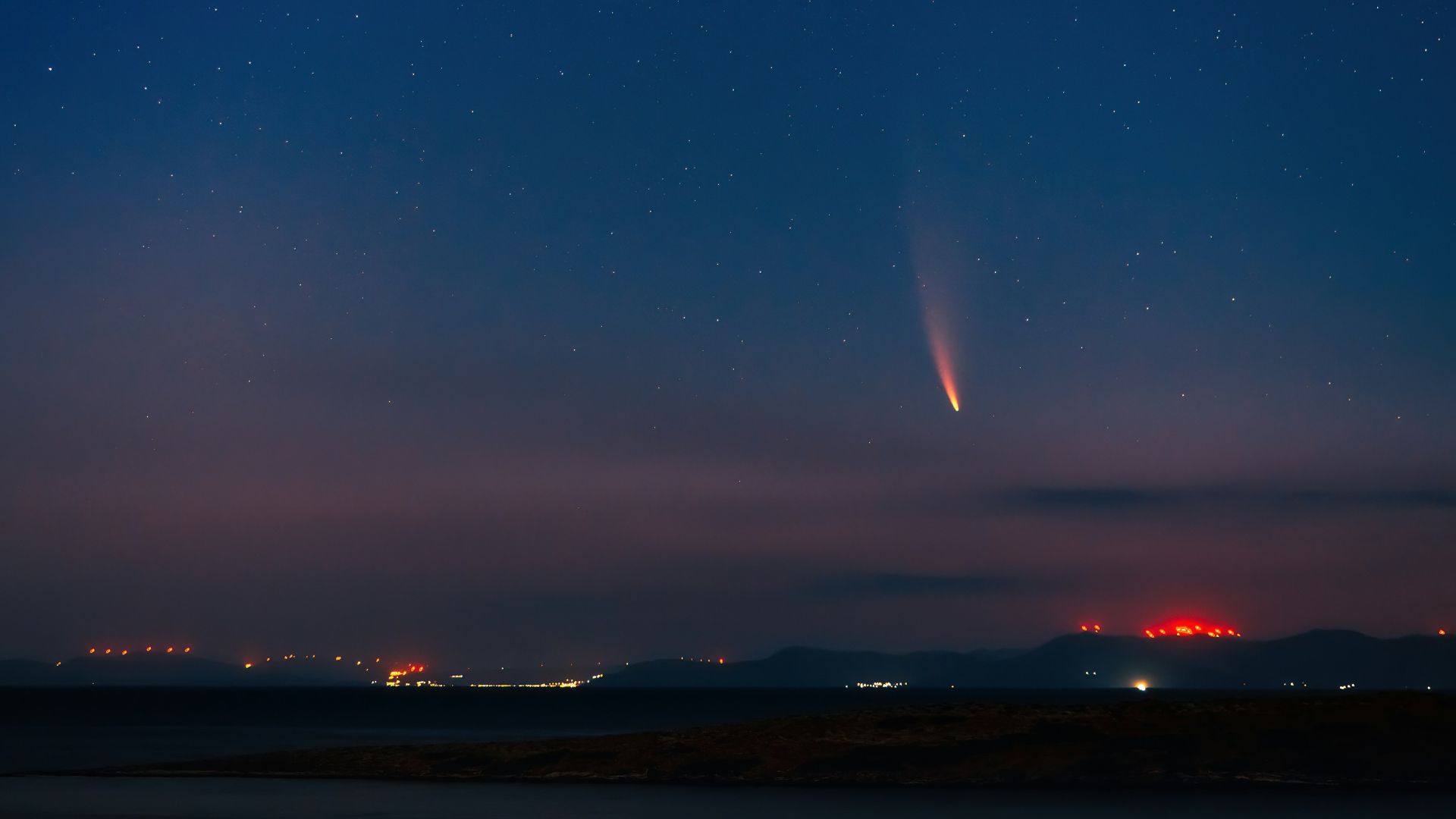
Experts have shared that although the meteor shower will be the brightest this weekend, it will still be clearly visible through the end of August.
So if you happen to fall asleep and miss the show, don’t worry; you can still catch the Perseids throughout the end of the month.
Brighter Than Any Other Planet
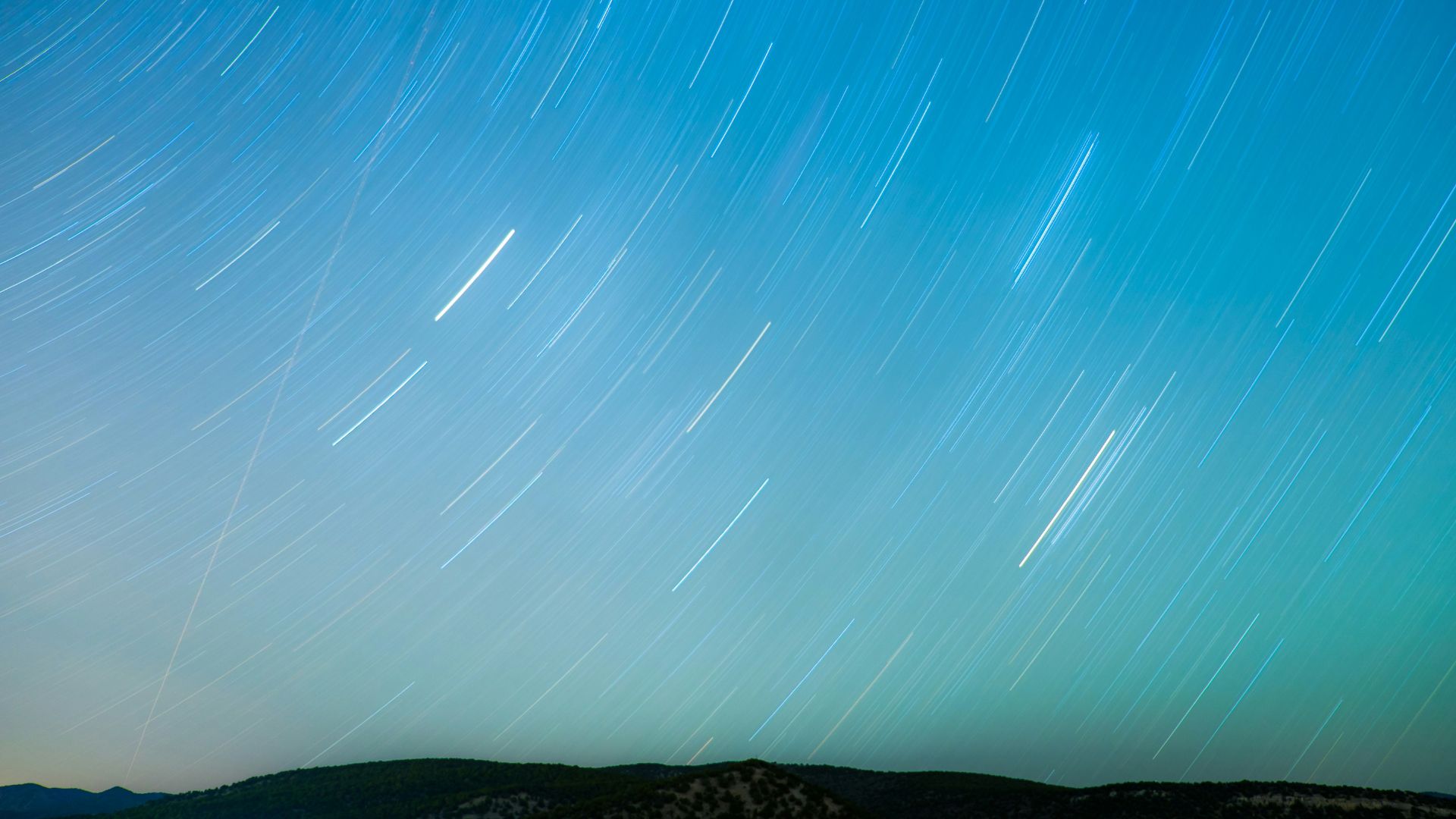
This meteor shower remains a very special event in the world of astronomy. Particularly because the meteors might be brighter than any other planet in the sky.
More than 100 meteors are expected per hour, moving at a super-fast speed of 133,200 miles per hour. Unusually bright meteors can surpass 3.3 feet in diameter and are much brighter than Venus.
More Meteor Showers To Look For
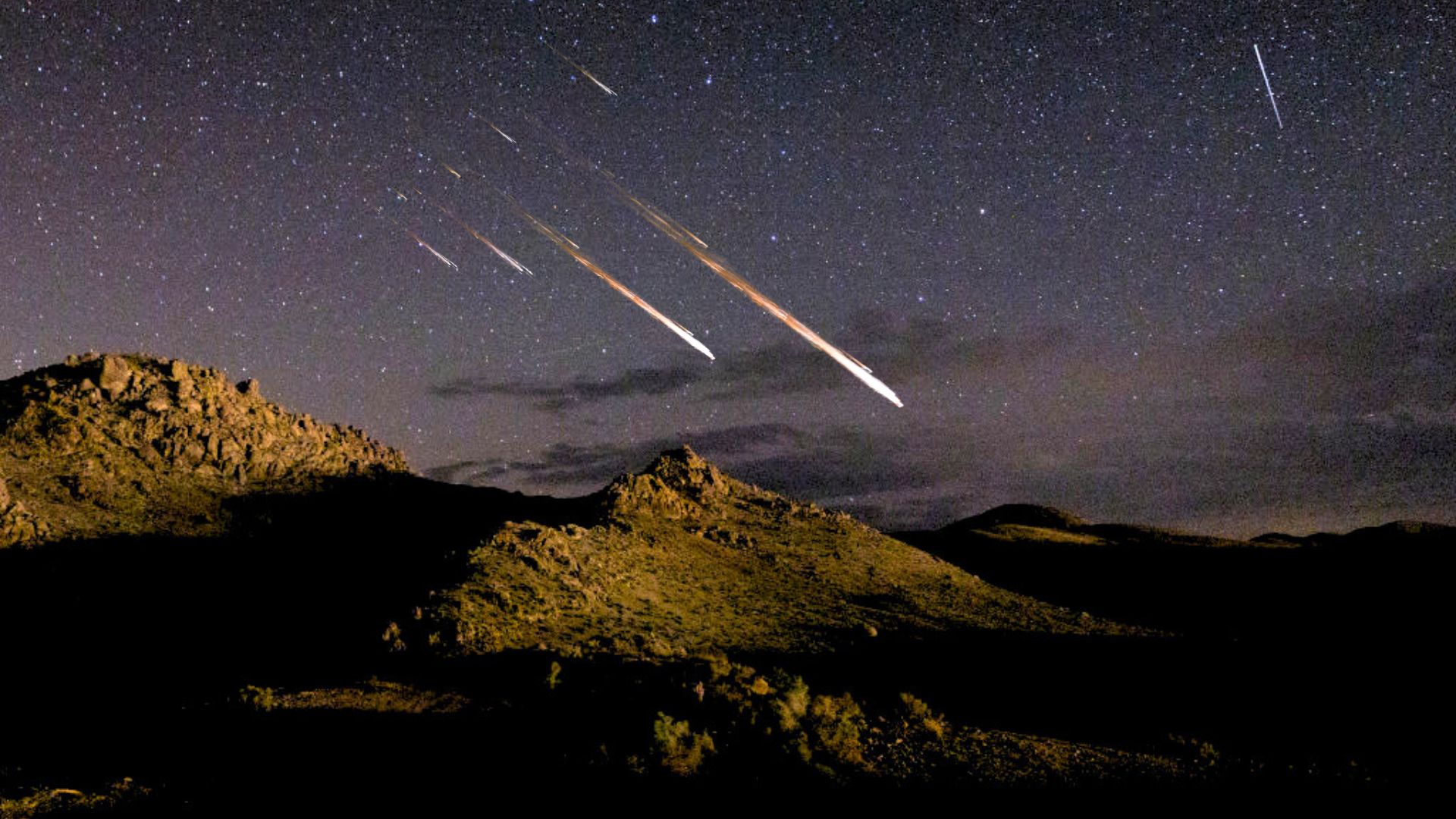
You can also keep an eye on some other upcoming meteor showers if this event sparks a new interest in astronomy.
The upcoming celestial shows for the rest of the year are: Draconis on October 7-7, Orionids on October 21-22, Southern Taurids on November 4-5, Northern Taurids on November 11-12, Leonids on November 17-18, Geminids of December 13-14 and Ursids on December 21-22.








































